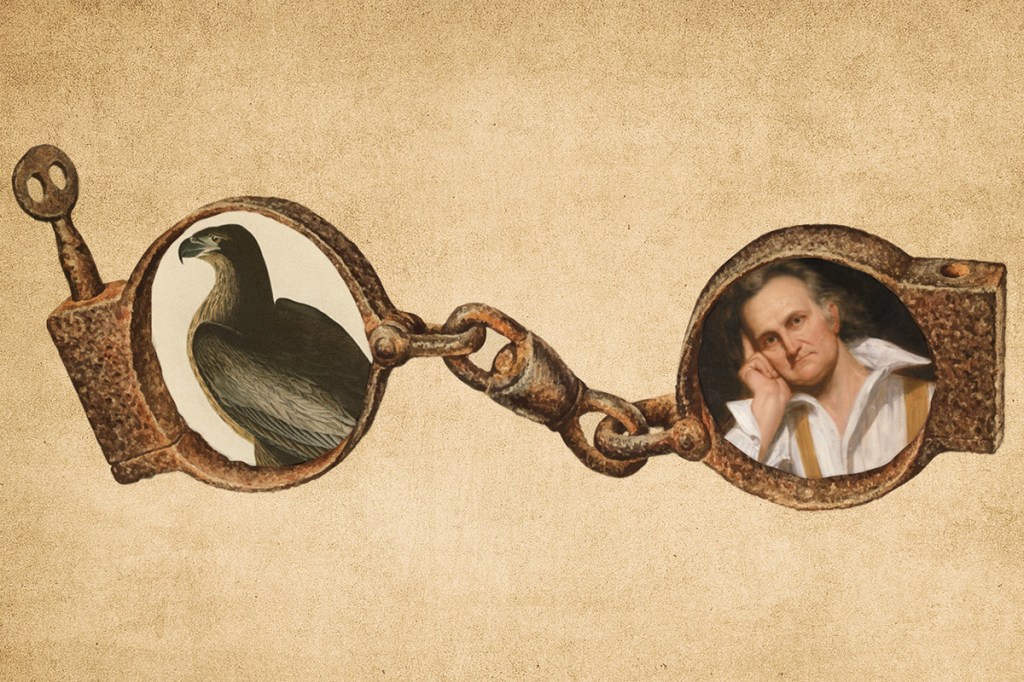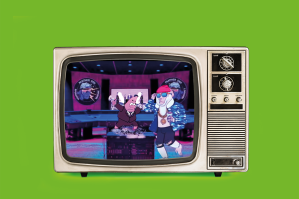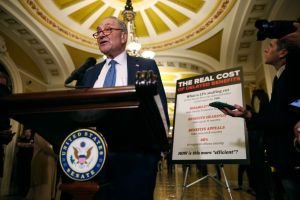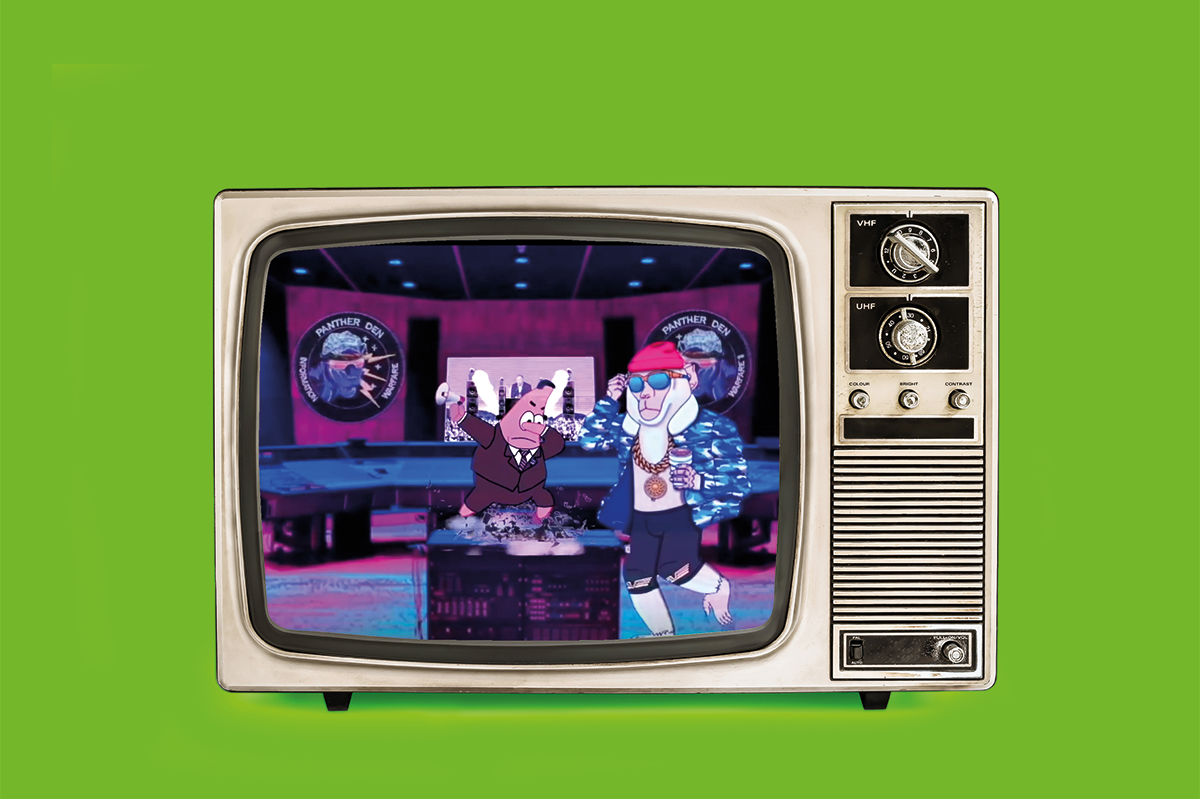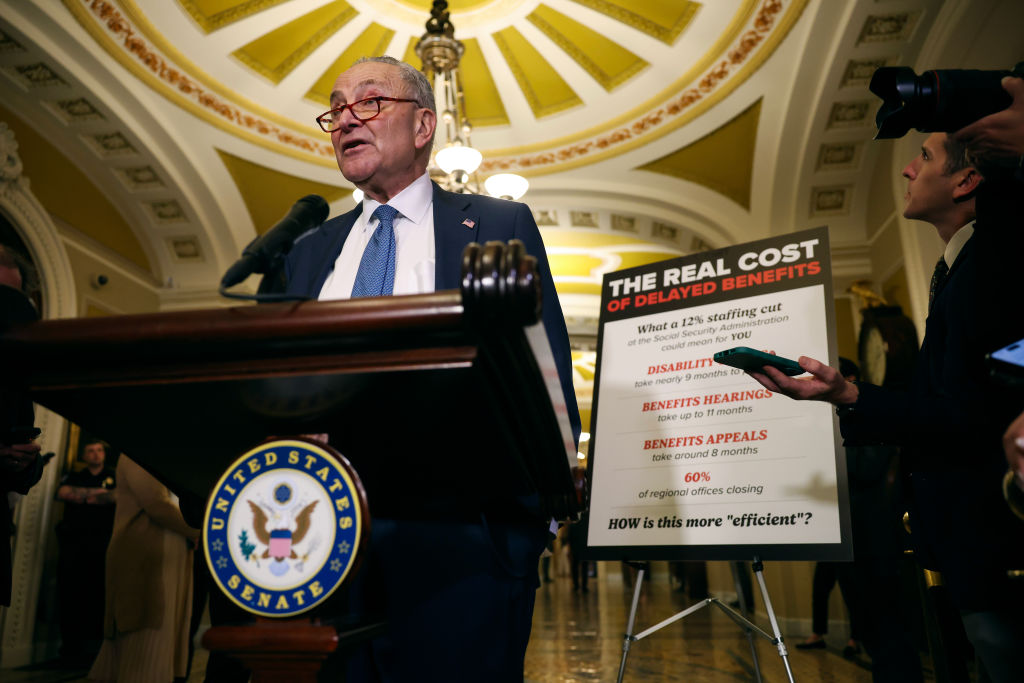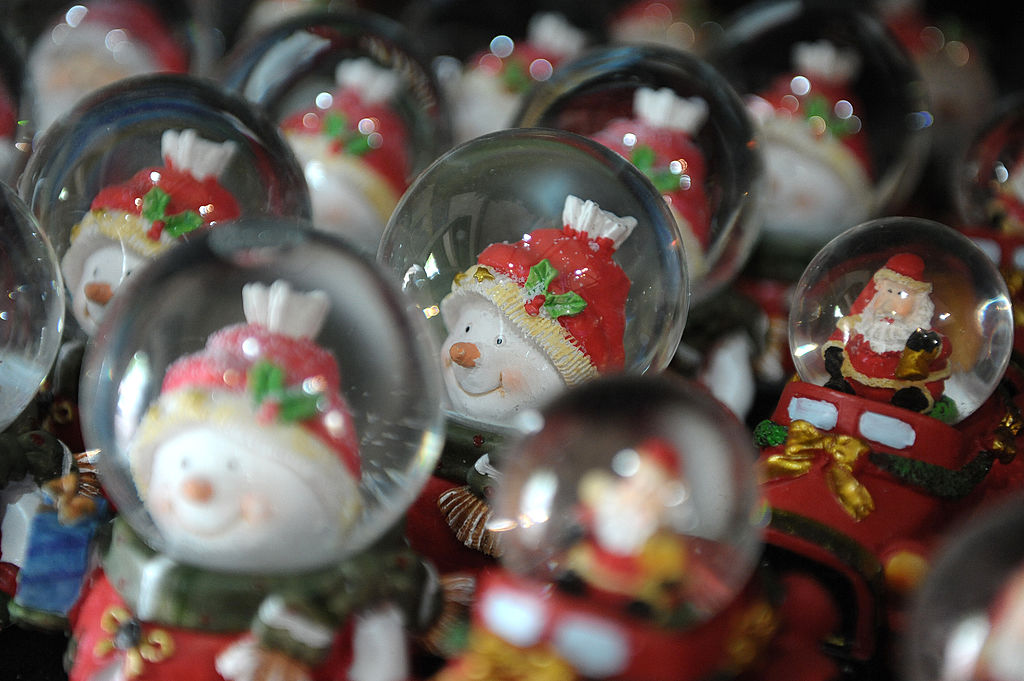How thoroughly has diversity, equity and inclusion penetrated the sciences? “To the core!” at least if the recent travails of the National Audubon Society are any indication. For over two years, a woke storm has roiled the Society over whether it should purge its namesake, John James Audubon, from its title. After a year-long review, the Society’s Board of Directors recently announced its decision: Audubon’s name will stay.
The Society’s CEO, Elizabeth Gray, defended the decision on the sensible grounds that, for whatever his faults, Audubon remains a pivotal figure in the history of science in our once young republic. His legacy includes establishing ornithology as the burgeoning field that it is today, which draws both on professional experts and passionate amateurs. The board concluded that the Society’s mission, and ornithology in general, would best be served by keeping his name and the tradition it represents, while honestly acknowledging the man and who he was. This was accompanied by a promise to devote $25 million to the Society’s efforts to expand DEIB (Diversity, Equity, Inclusion and Belonging, to use the Society’s rendering). This has not mollified the cancel campaigners, of course. Threats to rename state affiliate chapters, to withhold results from the Society’s famed Christmas Bird Count, and other retaliatory measures remain hot topics on Twitter.
One might ask: isn’t this just a small quibble among prickly and persnickety birdwatchers, much ado about nothing? Perhaps. But sometimes small controversies can provide great insights because they allow more detailed scrutiny than would be possible with a larger problem.
The brief against Audubon includes the usual tropes. He owned slaves. He had doubts about the emancipation of slaves. He was a plagiarist and a fabulist. He harbored other impure thoughts. The counter-argument is also familiar: he was a man of his times (1785-1851). This idea, that one cannot judge people by future moral standards (was Audubon a transphobe?), and that we are all capable of making our own judgments on gleaning the good men do from the chaff they leave, carries no water for the cancel campaigners. To say it’s all or nothing is to miss the point: nothing can stand in the face of such absolutism.
So if Audubon is to be condemned as a fabulist, what is one to make of the writings of one of his most vocal critics?
J. Drew Lanham is a wildlife biologist at Clemson University, a passionate birder, and an ardent lover of nature. In short, he is precisely the kind of person that the Audubon legacy has helped to foster. There is much about him to admire.
Yet Lanham is a prolific fabulist himself. He has the rare ability to peer into the souls of white people and perceive the cold cruelty that lurks within their hearts, just by looking at them. This remarkable ability transcends time itself, allowing him to expose the malevolence of Audubon. He goes into the field for a bird survey, expecting to be “hanged that day.” He helpfully notes the special rules that black ornithologists must follow to avoid being lynched (question: how many black ornithologists have been murdered in Lanham’s day, or ever?). Lanham laments that he rarely encounters other black birdwatchers in the field. I think I know why: he’s scaring the daylights out of them.
Turning to another critique: was Audubon a plagiarist? So says Matthew Halley. In an impressive bit of historiography, Halley argues that Audubon’s painting of the “Bird of Washington” (likely an immature bald eagle) was copied from another contemporary painter of birds. Yet Halley’s critique lacks important historical context that would allow us to make sense of it. For example, Halley asserts that Audubon “was not formally trained in science.” Here’s some context: the word “scientist” did not even come into usage until 1834, when Audubon would have been nearly fifty, and seven years after the first edition of Audubon’s The Birds of America was published.
And here’s more context: “science” in Audubon’s day was not a practice of set norms and procedures, as it has come to be today; it was more entrepreneurial. Where modern science draws on the public fisc to pay its bills, Audubon (who was not a wealthy man) had to sell himself to wealthy patrons. What he had to sell was his extraordinary paintings of birds.
Still more context: the concept of intellectual property only began to take shape in the early eighteenth century, and it has been in flux ever since, driven (as it always has been) by evolving technology. From the invention of the printing press to the era of digital cut-and-paste, the line dividing plagiarism from fair use has never been clear-cut, and it remains fuzzy to this day. In the era of ChatGPT, we may find very soon that the solid ground Halley and others think they are standing on will liquefy under their feet.
So when Audubon painted his Bird of Washington, was he plundering someone else’s intellectual property (plagiarism) or was it fair use (not plagiarism)? Or was Audubon simply an entrepreneurial hustler who beat out his rivals to emerge as the era’s preeminent cataloguer of the North American avifauna? In answering that question, context is vital. In the end, the charge that Audubon was a plagiarist is anchored to a pretty thin reed.
However, it is not evidence of perfidy that has been driving the “cancel Audubon” campaign, but a narrative: the ongoing danger facing the black ornithologist — “birding while black,” in Drew Lanham’s phrase. What of that narrrative: is “birding while black” real or just another fable?
The infamous “Central Park birdwatching incident” of May 2020 is revealing. To recap, it was an early morning encounter between Christian Cooper, a black man birdwatching in the Ramble section of the park, and Amy Cooper, a white woman walking her dog. Their encounter, part of which Christian Cooper caught on his phone, blew up into a sensational example of the post-George Floyd narrative of systemic racism, of a privileged white woman attacking a defenseless black man just minding his business.
The evidence for this is as flimsy as Drew Lanham’s imagined impending lynching. A closer look at the narrative reveals that Christian Cooper was the likely instigator of the incident, that he had a history of inciting such encounters, and that Amy Cooper was likely the convenient target of a simmering conflict, not between black and white, but between birders and dog-walkers using the park. Yet systemic white racism was the narrative everyone wanted, and so that was the narrative everyone got.
So we see the real problem with the “cancel Audubon” campaign: it does not rely on a cool evaluation of evidence, a sober weighing of the good versus the bad. Rather, it is driven by a ginned-up narrative of racism, a slow-motion mob action with its aim being discord, not amity; division, not unity; aggravation of white guilt and white masochism rather than looking to move on from a troubled past; a sordid mud-wrestle rather than the transcendent and beautiful — like a love of nature and the role that birds play in its cultivation.
This is the future that is already playing out for the Audubon Society. It is the future that looms before us all.



